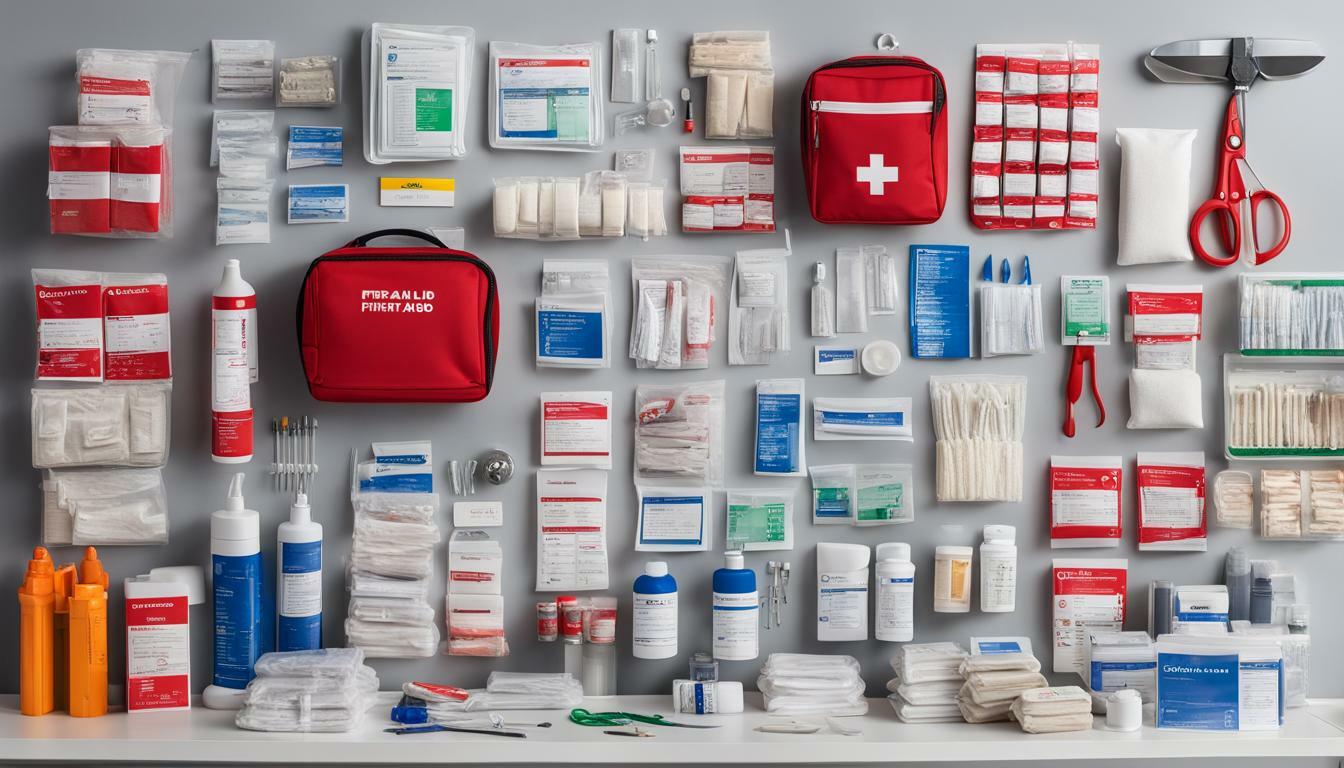When it comes to workplace safety, first aid kits play a crucial role in minimizing the impact of workplace hazards and injuries. They are an essential part of emergency preparedness and provide necessary supplies for prompt first aid response. The presence of well-equipped first aid kits can make a significant difference in saving lives and reducing the severity of injuries in the workplace.
Workplace hazards are a reality, and employers have a duty to ensure the safety of their employees. Providing readily available first aid kits is one way to meet this responsibility. When employees have access to first aid supplies, they can address injuries promptly, ultimately reducing the severity of the injury and preventing it from escalating.
First aid kits are useful in a wide range of workplace environments, from offices to construction sites. Even seemingly minor injuries can have long-term implications, and having readily available first aid supplies can expedite the recovery process. In some cases, it can also prevent fatalities.
Key Takeaways
- First aid kits are essential in ensuring workplace safety and emergency preparedness.
- Providing readily available first aid supplies can reduce the severity of workplace injuries.
- Having well-equipped first aid kits can prevent fatalities and expedite the recovery process.
The Importance of Workplace First Aid
Workplace first aid is essential for ensuring the safety of employees in any business. First aid supplies must be readily available to address workplace injuries promptly. Workplace hazards can arise unexpectedly, and having well-equipped first aid kits can help prevent accidents and reduce their impact.
First aid supplies are crucial in mitigating the severity of workplace injuries. In the absence of proper first aid supplies, injuries can exacerbate and lead to long-term consequences. By having first aid supplies at hand and providing proper training to employees, businesses can significantly improve the chances of a swift and effective response during emergencies.
Employee safety should be a top priority for any business. According to a study by the Health and Safety Executive (HSE), 828,000 workers reported a work-related injury in 2019/2020. The study also indicated that 38.8 million working days were lost due to work-related ill health and non-fatal workplace injuries.
Effective workplace first aid can help reduce the number of injuries and fatalities in the workplace. By providing on-site first aid supplies, employees can be better prepared to handle injuries or illnesses that may occur. Furthermore, first aid kits can help prevent a minor injury from escalating into a more severe condition that could result in excessive time off, medical expenses, and insurance costs.
Businesses must also be aware of their legal obligations. The UK’s Health and Safety (First-Aid) Regulations 1981 require employers to provide adequate and appropriate first aid equipment, facilities, and personnel to ensure their employees receive immediate attention if they are injured or taken ill at work. Employers must conduct a risk assessment to determine the appropriate number of first aid kits and trained personnel required to ensure their workforce’s safety.
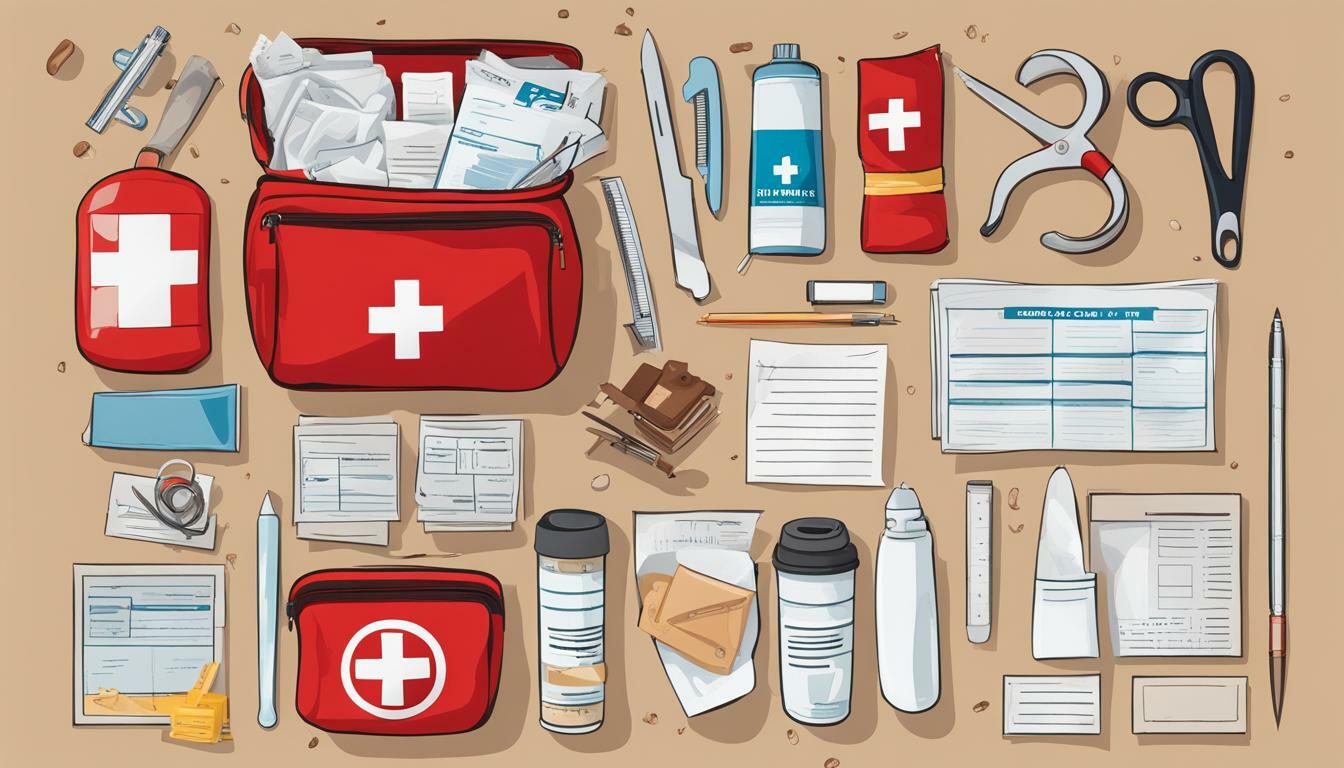
Therefore, it is crucial to prioritize workplace first aid to safeguard the well-being of employees and ensure regulatory compliance. Businesses must invest in high-quality first aid supplies and training to prepare their workforce for potential incidents. By prioritizing the role of first aid kits in occupational health and safety, businesses can create a safer working environment, minimize the impact of workplace hazards and take proactive measures in protecting their employees.
Ensuring Occupational Health and Safety
First aid kits are an essential component of ensuring occupational health and safety in the workplace. However, it is not enough to simply have a first aid kit on hand. Employers also need to provide proper first aid training to employees to ensure that they are able to respond promptly and effectively in case of an emergency.
By providing first aid training, employers can increase the chances of a positive outcome in case of workplace injuries. Proper training can help employees remain calm and composed in high-pressure situations and act quickly to minimize the severity of injuries. It also helps in creating a safer work environment and mitigating the risk of accidents and injuries.
Moreover, investing in first aid training is a clear signal that employers prioritize occupational health and safety. It demonstrates a commitment to the well-being of employees and can help boost employee confidence and morale.
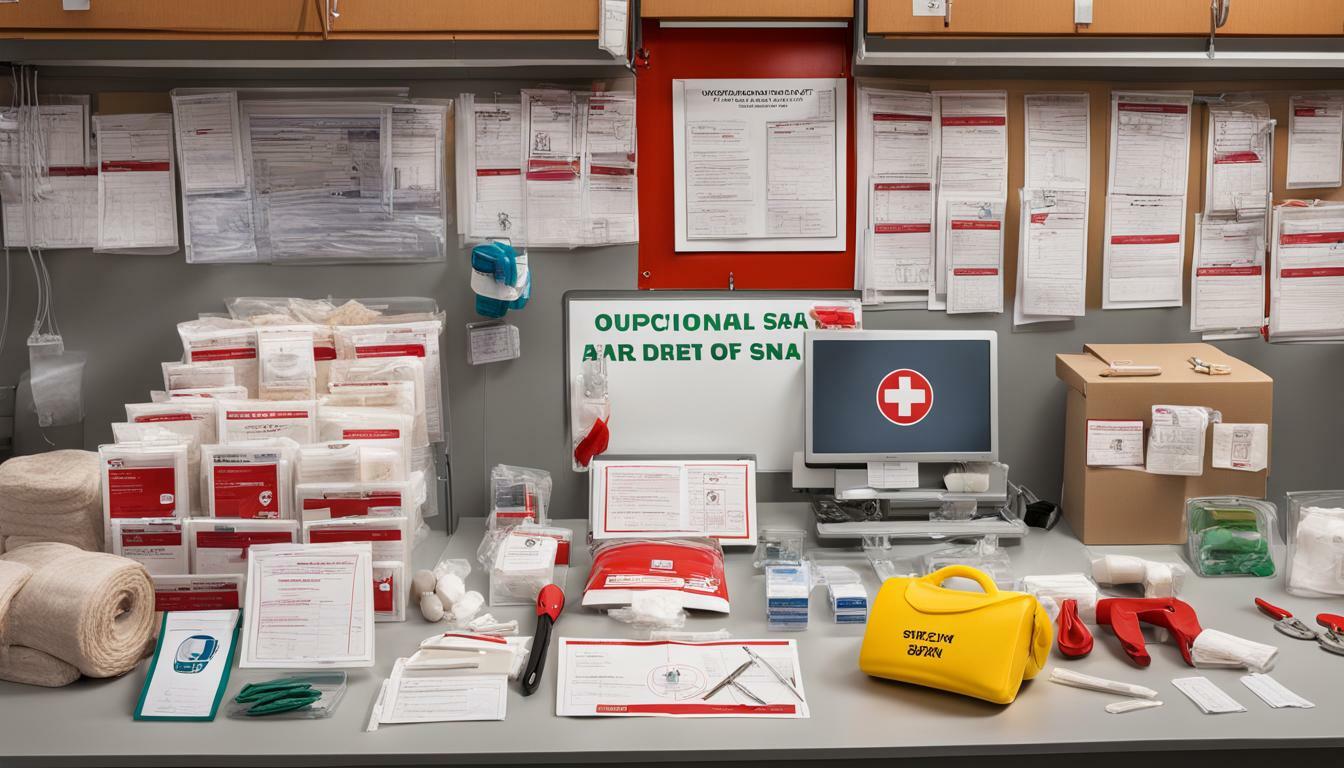
Creating a safe working environment is a collaborative effort between employers and employees. Providing proper first aid training is one way for employers to take proactive measures in protecting their workforce. Through regular training sessions, employers can ensure that employees are equipped with the knowledge and skills required to provide prompt and effective first aid response in case of emergencies.
Additionally, ensuring that first aid kits are readily available and properly stocked is also essential for maintaining occupational health and safety. By having well-equipped first aid kits, businesses can provide the necessary supplies for immediate first aid response in case of accidents or injuries.
Choosing the Right First Aid Kits
When it comes to workplace safety, having the right first aid kits is essential. These kits should contain all the necessary first aid supplies to address any workplace injuries promptly. Here are some essential elements that should be included in a first aid kit:
- Bandages: Various sizes of bandages should be available to cover cuts, scrapes, and burns.
- Antiseptics: These supplies are necessary to clean and disinfect wounds to prevent infections.
- Emergency equipment: A first aid kit should also have emergency equipment such as gloves, scissors, and tweezers.
It is important to regularly check and restock first aid supplies to ensure workplace safety. First aid kits should be stored in easily accessible areas to allow for prompt first aid response. Moreover, businesses should ensure that the first aid kits meet the relevant regulatory standards and guidelines.
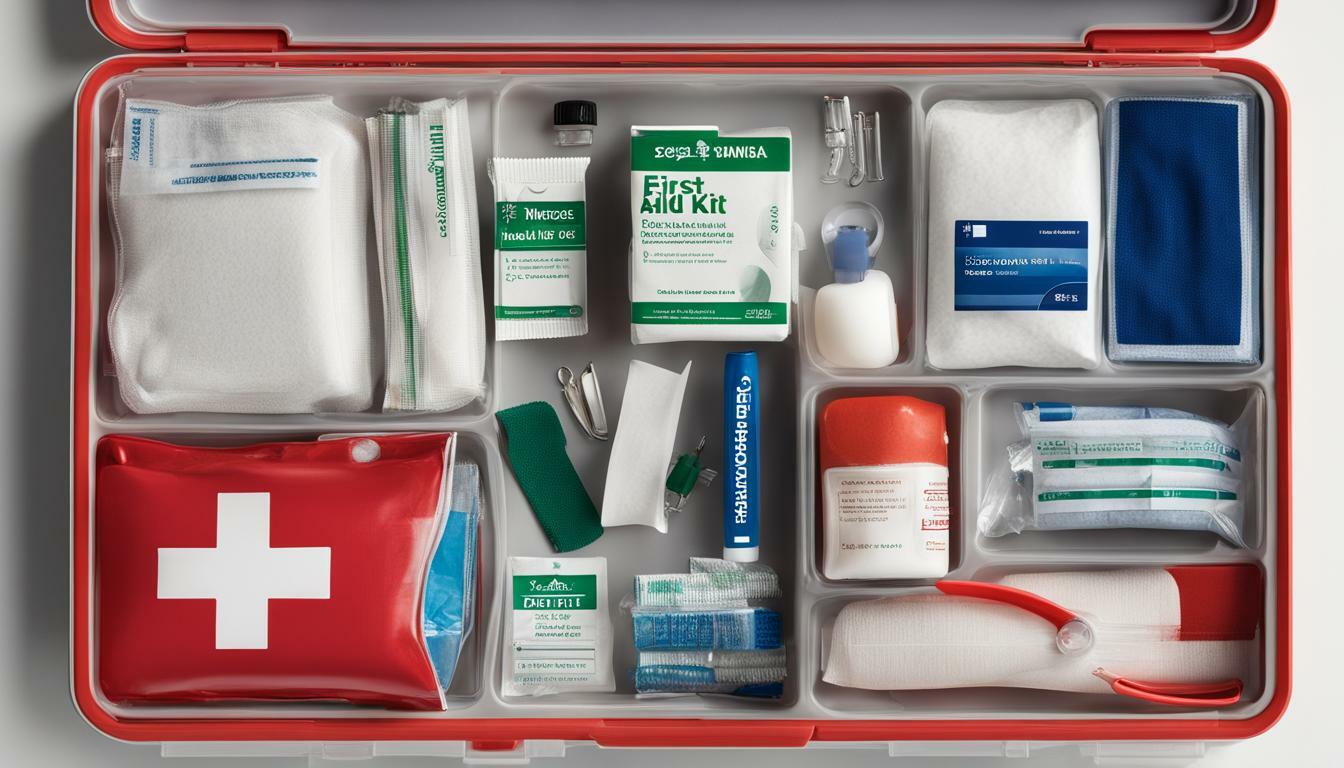
The right first aid kits can increase workplace safety by providing the necessary supplies for prompt first aid response. Having readily available first aid supplies can help minimize the impact of workplace hazards and address workplace injuries promptly. By prioritizing the role of first aid kits in occupational health and safety, businesses can create a safer working environment for their employees.
Common Workplace Hazards
Workplaces can present a range of hazards that can impact the health and safety of employees. It is important to be aware of these hazards and take the necessary steps to mitigate the risks. By having well-equipped first aid kits readily available, businesses can ensure that employees are prepared to deal with workplace hazards effectively.
Slips, Trips, and Falls
Slips, trips, and falls are some of the most common workplace hazards. Wet floors, uneven surfaces, and cluttered walkways can all contribute to these types of accidents. Injuries from slips, trips, and falls can range from minor bruises to more serious injuries such as broken bones or head trauma. First aid kits with supplies such as bandages, ice packs, and pain relievers can help address these injuries quickly and effectively.
Burns
Burns are another common workplace hazard. They can be caused by exposure to heat, chemicals, or electrical equipment. Burn injuries can range from minor to severe, and proper first aid is crucial to minimize the damage. First aid kits with supplies such as burn cream and sterile dressings can help treat burns and prevent infection.
Cuts
Cuts are a frequent workplace hazard, especially in industries that involve the use of sharp tools or machinery. Cuts can range in severity and can be minor or severe. In situations where bleeding is significant, it is crucial to have first aid supplies such as bandages and gauze to stop the bleeding and prevent infection.
Electrical Accidents
Electrical accidents can occur in workplaces that use electrical equipment. These accidents can cause serious injuries such as electrical burns and cardiac arrest. First aid kits with supplies such as insulating gloves and blankets can help prevent further injury in case of electrical accidents.

Preventing Workplace Hazards
Employers can take proactive measures to prevent workplace hazards. These measures can include regular safety training and implementing workplace safety protocols. In addition, providing well-stocked first aid kits in prominent locations can help employees address injuries and illnesses promptly and effectively. By prioritizing workplace safety, businesses can create a safer working environment for their employees and reduce the number and severity of workplace injuries.
Emergency Preparedness and Response
Emergency situations can arise in any workplace, and it is crucial to be prepared to handle them effectively. Having the right first aid supplies readily available can contribute to a swift and efficient response during emergencies, ensuring workplace safety. It can also instill confidence in employees, knowing that their workplace prioritizes their well-being.
Proper emergency preparedness and response go beyond having well-equipped first aid kits. Regular drills and training sessions can help ensure that employees know what to do in case of an emergency. This includes knowing the location of all the first aid supplies, how to use them, and who to contact in case of an incident. Regular practice can help employees react quickly, calmly, and efficiently during a crisis, minimizing the impact of potential threats.

Businesses can take proactive measures to ensure emergency preparedness and response. They can create emergency response plans, identify potential hazards in the workplace, and implement safety protocols. Employees should be informed and trained on these protocols to ensure that they can respond quickly and efficiently in case of an emergency. This will help to minimize the risk of injuries and ensure workforce safety.
The importance of emergency preparedness and response cannot be overstated. By prioritizing the availability of first aid supplies and conducting regular drills and training, businesses can create a safer work environment, minimize workplace hazards, and promote occupational safety. By taking these steps, businesses can demonstrate their commitment to their employees’ well-being, enhance workforce morale, and comply with regulatory standards.
The Impact of First Aid Kits on Workforce Well-being
Providing readily available first aid kits in the workplace not only ensures occupational safety but also has a positive impact on the well-being of the workforce. Employees feel more confident and secure knowing that their employer has taken proactive measures to prioritize their safety.
An immediate and effective response to workplace injuries is critical to minimizing their long-term effects. By having well-equipped first aid kits on hand, businesses can expedite the recovery process and ensure that employees receive prompt treatment for their injuries.
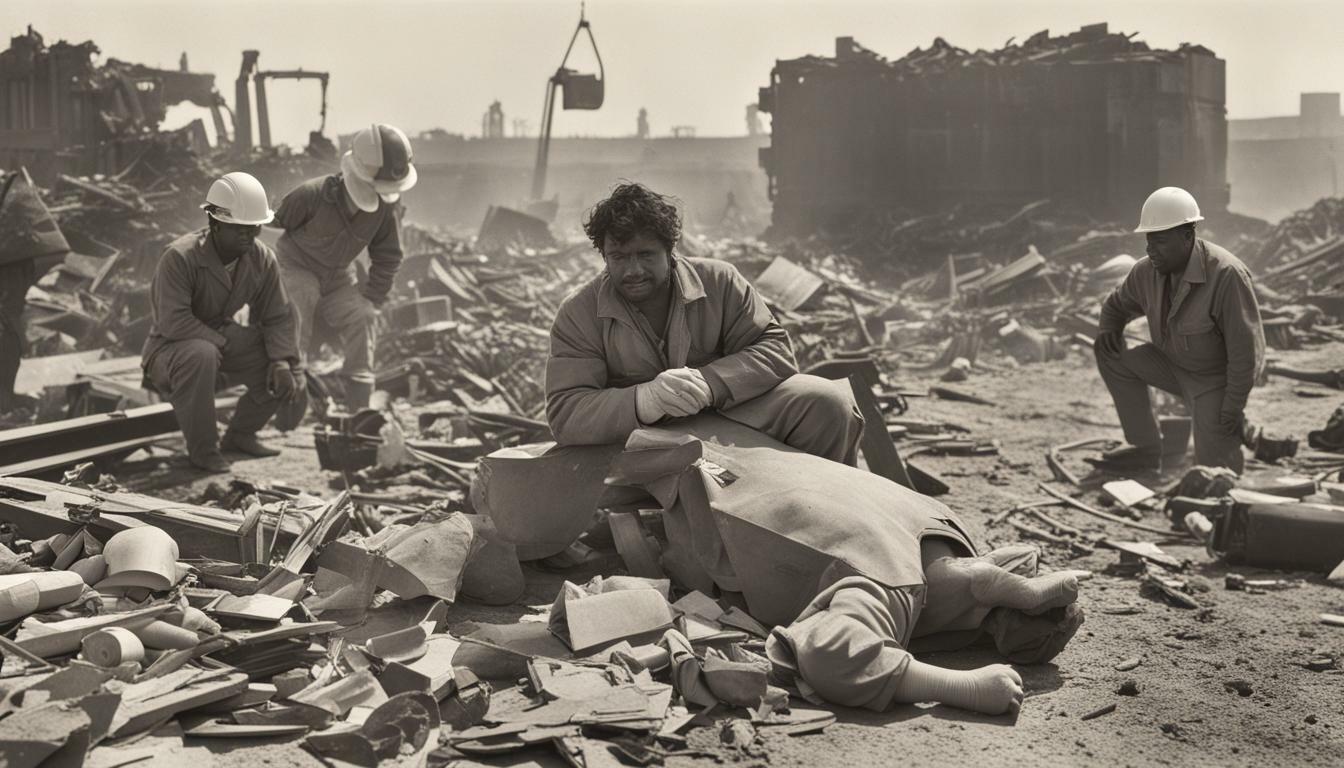
Moreover, providing proper first aid training to employees can also contribute to their well-being. Not only will they be better equipped to handle emergencies, but they will also be more aware of potential workplace hazards and take proactive measures to prevent accidents from happening.
Investing in occupational safety and prioritizing the role of first aid kits in the workplace can also have a positive impact on employee morale and productivity. Employees who feel safe and secure are more likely to be motivated and focused on their work, leading to a happier and healthier workplace environment.
Regulatory Compliance and First Aid Kits
Compliance with regulatory and legal requirements is a crucial aspect of workplace safety. In the UK, employers are required by law to provide necessary first aid facilities, including first aid kits and trained personnel, to deal with workplace injuries and illnesses. The Health and Safety (First-Aid) Regulations 1981 outline the legal requirements for first aid provision in the workplace and require employers to ensure that adequate first aid equipment, facilities, and personnel are available, based on the size and nature of the business. Failure to comply with these regulations can result in significant legal and financial implications for the business.
First aid kits are a critical component of regulatory compliance and must meet the specified requirements to ensure workplace safety. It is essential to choose the right first aid kit that meets the needs of your workplace and provides appropriate supplies for prompt first aid response. Employers must ensure that the first aid kit is easily accessible, adequately stocked, and stored in a suitable location that is visible and accessible to all employees.
Regular check-up and inspection of first aid supplies is also essential to maintain regulatory compliance. Employers must ensure that the first aid kit is regularly checked to ensure it remains well-maintained and fully stocked. First aid supplies that are past their expiration date must be discarded and replaced to ensure the availability of necessary supplies in case of an emergency.
By prioritizing regulatory compliance and ensuring the presence of well-equipped first aid kits in the workplace, employers can demonstrate their commitment to the safety and well-being of their workforce. Compliance with regulatory requirements not only fulfills legal obligations but also contributes to creating a safer and healthier work environment.
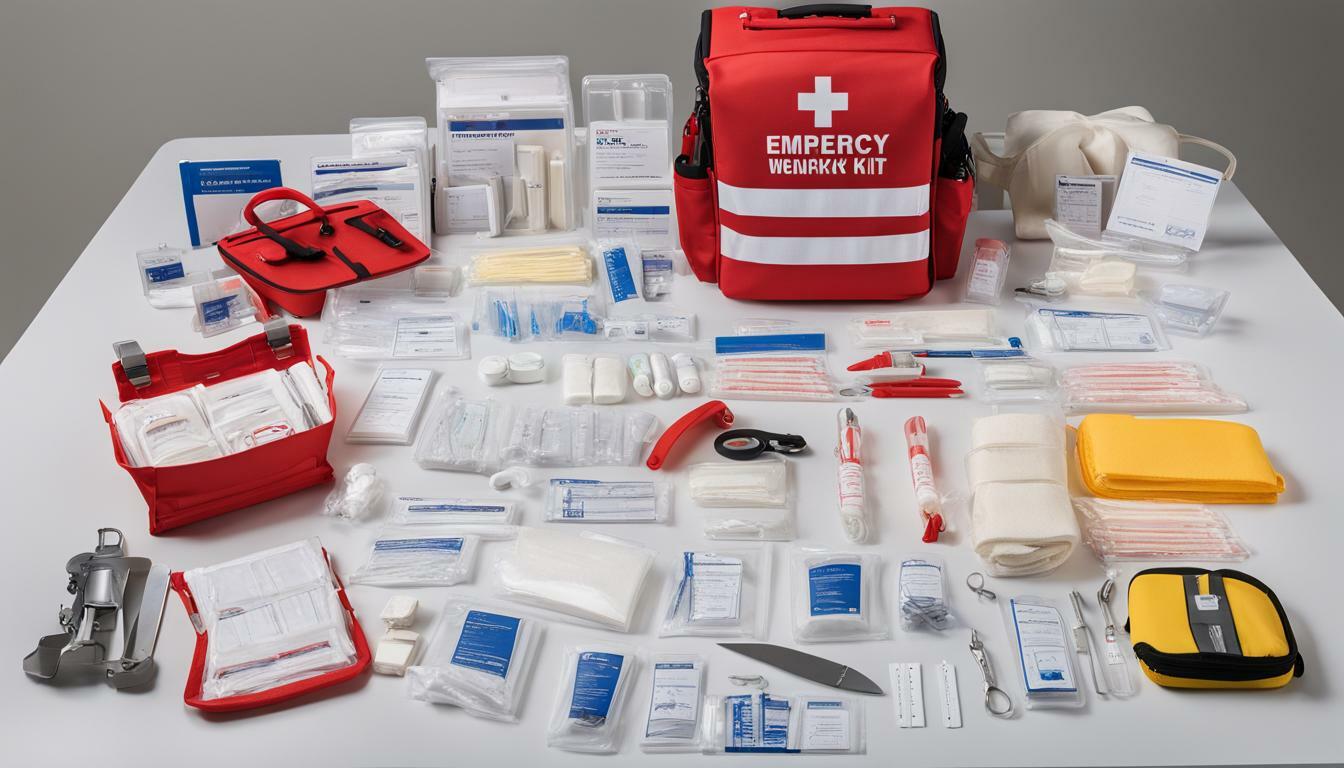
In the upcoming sections, we will discuss the common workplace hazards that require the presence of first aid kits and the role of first aid in ensuring occupational health and safety. We will also provide insights into choosing the right first aid kit for the workplace and the impact of first aid kits on the well-being of the workforce.
The Role of First Aid Kits in Workplace Safety
First aid kits play an essential role in ensuring workplace safety. These supplies are crucial in emergency preparedness and can help mitigate workplace hazards. In this article, we will discuss the significance of workplace first aid and how it can prevent accidents and reduce the impact of workplace hazards. Additionally, we will provide insights on choosing the right first aid kits and highlight common workplace hazards that require their presence.
The Importance of Workplace First Aid
Workplace first aid is necessary to address injuries promptly. Having readily available first aid supplies is critical, and it can help prevent accidents and reduce the impact of workplace hazards. Proper training is also crucial in ensuring workplace safety, and it can contribute to a safer work environment.
Swift and effective first aid response can minimize the severity of workplace injuries. Therefore, it is essential to provide proper training to employees and to ensure the availability of well-equipped first aid kits.
Ensuring Occupational Health and Safety
First aid kits play a crucial role in ensuring occupational health and safety. Providing employees with proper first aid training can contribute to a safer work environment. In the event of workplace injuries, swift and effective first aid response can minimize their severity. This can result in a more efficient recovery process with minimized long-term effects.
Choosing the Right First Aid Kits
Choosing the right first aid kits is essential in ensuring workplace safety. A well-equipped first aid kit should contain essential elements such as bandages, antiseptics, and emergency equipment. It is crucial to check and restock these supplies regularly to ensure their availability in the event of workplace injuries.
Common Workplace Hazards
Various workplace hazards require the presence of first aid kits. Some common hazards include slips and falls, burns, cuts, and electrical accidents. Having well-equipped first aid kits can help address these hazards promptly and contribute to a safer work environment.
Emergency Preparedness and Response
Emergency preparedness and response are crucial in the workplace. Having well-equipped first aid kits readily available can contribute to a swift and effective response during emergencies. Conducting regular drills and training sessions can ensure that employees are prepared for potential workplace incidents. This can help prevent accidents and minimize the impact of workplace hazards.
The Impact of First Aid Kits on Workforce Well-being
First aid kits can boost the confidence and morale of the workforce, knowing that their safety is prioritised. Swift first aid response can expedite the recovery process and minimize the long-term effects of workplace injuries. Ensuring the availability of well-equipped first aid kits and providing proper training to employees demonstrates a commitment to the well-being of employees.
Regulatory Compliance and First Aid Kits
Regulatory compliance is essential in ensuring workplace safety. Businesses in the UK need to adhere to relevant regulations and standards to ensure occupational health and safety. First aid kits are a crucial element in meeting these compliance requirements.
Conclusion
Prioritising the role of first aid kits in occupational health and safety can create a safer working environment, minimise the impact of workplace hazards, and take proactive measures in protecting the workforce. By ensuring the availability of well-equipped first aid kits and providing proper training to employees, businesses can demonstrate a commitment to the well-being of their employees.
